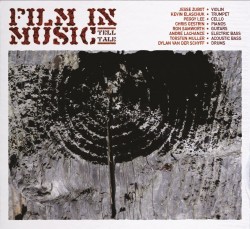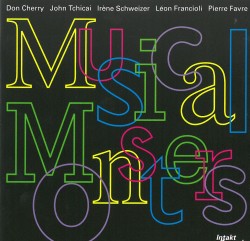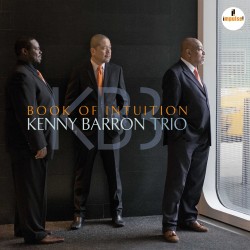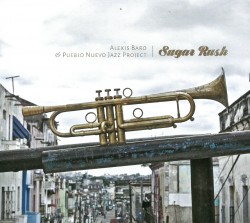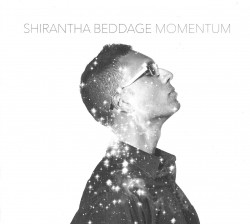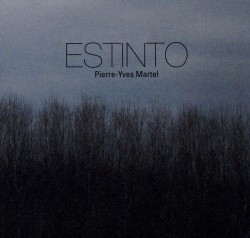Hollow Trees - Hutchinson Andrew Trio; Lily String Quartet
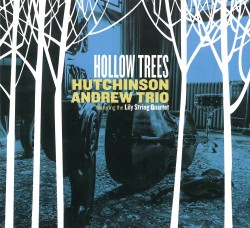 Hollow Trees
Hollow Trees
Hutchinson Andrew Trio; Lily String Quartet
Chronograph Records CR 048 (chronographrecords.com)
Review
Chris Andrew appears to savour the experience of rising to the challenge. The Edmonton-based musician is the composer of this daring project. Hollow Trees is an adventurous work that tests the versatility of the musicians who participate in it, especially in the wonderfully provocative and angular manner of the contrapuntal writing that pits the trio (pianist Andrew, bassist Kodi Hutchinson and drummer Karl Schwonik) against the string quartet. Andrew conveys the striking image of his “hollow trees” through an elemental, whispering melody that he creates on the piano and the intoxicating and lyrical harmony that ensues as the Lily String Quartet puts its indelible stamp on the proceedings. The performance juxtaposes utmost delicacy with eruptive power.
The musicians’ playing is intensely alive to expressive nuance, textural clarity and elastic shaping, all delivered in a recording that maintains the glow of the music from end to end. The noble artistry of the Hutchinson Andrew Trio is as vibrantly controlled in the dramatic episodes on this disc – Zep Tepi and Wilds, for instance – as it is in music of lilting pensiveness of which Grey Dawn and Peaceful Journey are outstanding examples. Most compelling of all is the interplay between the trio and the string quartet, a magical encounter that treats the listener to the luminosity, spaciousness and enthusiasm of a striking chamber performance. The stellar arrangements also allow solo instruments to assert themselves with lyrical and expressive urgency. It’s a lovely release that makes one eager for more.


